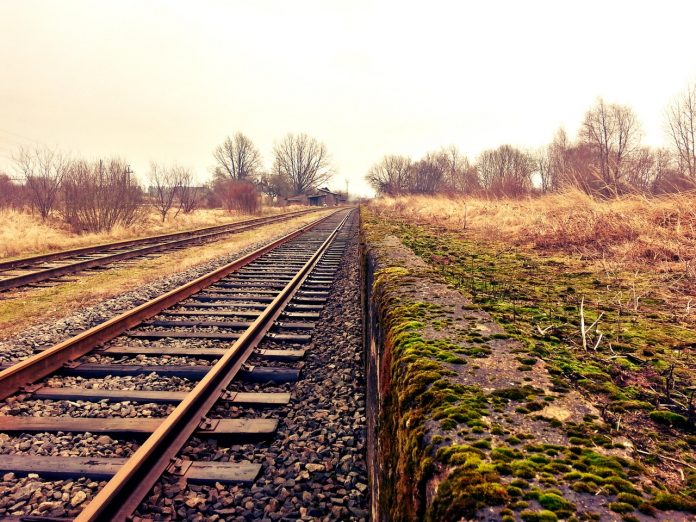* African countries are now only able to spend about 5 percent of GDP on infrastructure, a figure which must rise to nearer 15 percent. Until then, this gap is costing the continent 2 percent of GDP.
* If African countries were to catch up with Korea in infrastructure, economic growth in the region could increase by 2.6 percentage points per year.
* Africans spend more than 30 percent of their time and income only on their daily commutes.
* The 40 countries of sub-Saharan Africa together generate roughly the same amount of power as Spain.
* In 2012, Deloitte declared Africa “at the start of a 20- to 30-year infrastructure development boom.”
* McKinsey projects the continent will spend $130 billion annually on infrastructure between 2012 and 2020.
* Six countries alone—Ghana, Kenya, Mozambique, Nigeria, South Africa, Tanzania—will require $100 billion to $120 billion of annual capital investment between 2010 and 2016.
* At the 15th Summit of the African Union Summit, held in Kampala, Uganda, in July 2010, heads of state endorsed the multi-billion dollar Program for Infrastructure Development in Africa (PIDA), a joint initiative of The African Union (AU), The African Development Bank, and New Partnership for African Development.
* Africa’s infrastructure grid—roads, bridges, power—represents a $1 trillion investment prospect over the next 10-11 years, according to the International Finance Corp.
* Road access rate is only 34 percent, compared with 50 percent in other parts of the developing world, and subsequently, transport costs are higher by up to 100 percent.
* Around $45 billion a year is already being spent on infrastructure, about half of the $93 billion needed annually to meet Africa’s growth and development goals.”
* IBM’s global Computer Pain Survey of 15 cities ranks Nairobi as the fourth most congested in the world.
* Aviation in Africa supports 6.7 million jobs and $67.8 billion in in economic activity, according to IATA.
* The total number of accidents for African airlines dropped from 18 in 2010 to 8 in 2011.
* Sub-Saharan Africa boasts 20 undersea cables with capacity of 100 Terrabytes, opening new vistas for leapfrogging and service delivery.













